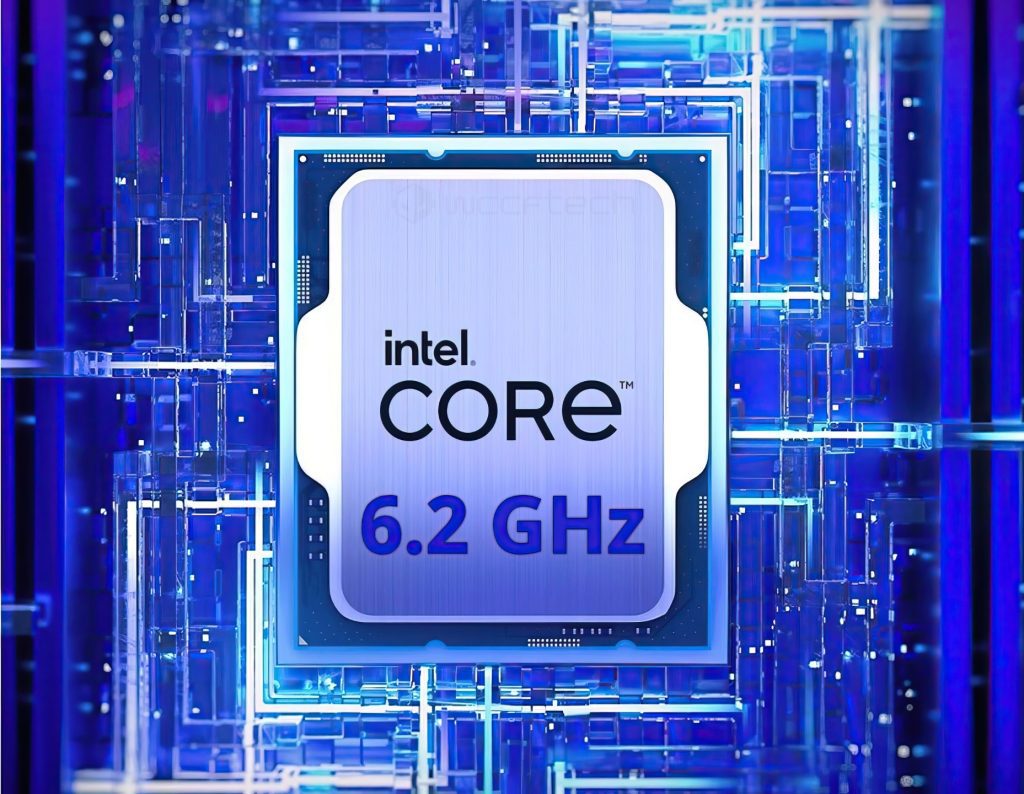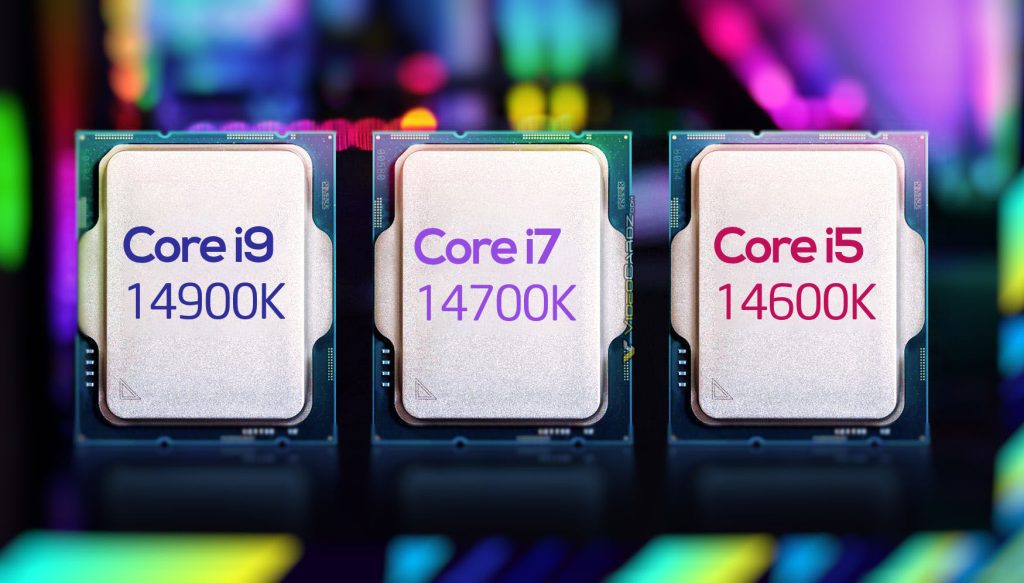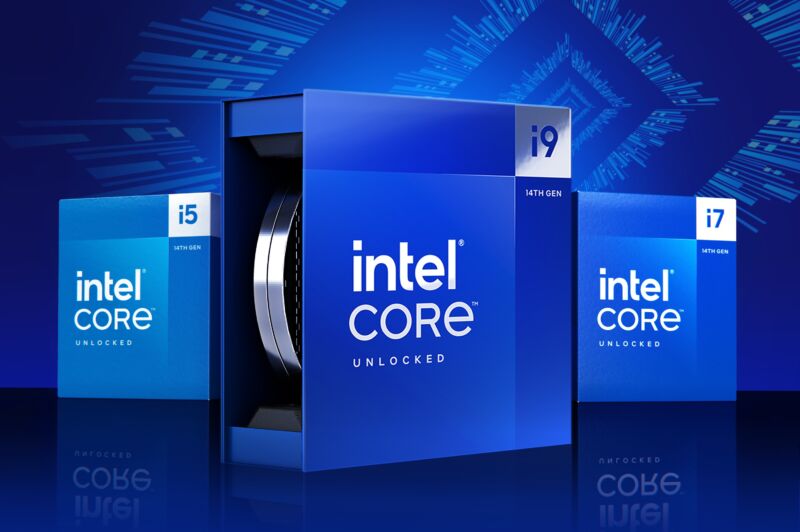Introduction: Intel has just unveiled its latest 14th-generation Core desktop CPUs, featuring the Core i9-14900K, Core i7-14700K, and Core i5-14600K. While these new CPUs may sound like an exciting leap forward, let’s dive into the details to see if they truly offer something groundbreaking or if they’re more of a familiar tune with a few new beats.

A Familiar Refresh: The 14th-gen Core CPUs are, in essence, a Raptor Lake Refresh, meaning they are an update of the previous generation with minimal changes. In this case, the update primarily involves a boost in clock frequencies, without any IPC improvements or significant tweaks to the silicon.
Key Changes: The Core i7-14700K stands out as the most notable in this lineup, now featuring an additional cluster of E-cores, bringing the total count to 12. The Core i5-14600K retains 8 E-cores, and the Core i9-14900K boasts 16 E-cores, all with a 100 MHz boost in turbo clock speed.
Software Optimization: Intel introduces “Intel Application Optimization,” a feature aimed at enhancing gaming performance by directing application resources in real-time. Currently, it supports only Rainbow Six Siege and Metro Exodus, with plans to include more titles in the future.

Performance Benchmarks: When it comes to real-world performance, the 14th-gen Core CPUs offer incremental improvements over their 13th-gen counterparts. However, the power consumption of these CPUs remains a concern, with some models consuming significantly more power than their AMD counterparts.
Gaming Performance: In gaming, Intel aims to compete with AMD’s CPUs, but the results are mixed. While there are performance gains, power consumption remains high, making AMD’s offerings more power-efficient.
IPC Benchmarks: Comparing IPC (Instructions Per Clock) improvements, there are subtle gains in some applications, but they are not groundbreaking. The performance trajectory for Intel remains largely steady.
The Marketing Move: Intel’s decision to release these CPUs under the 14th-gen branding appears to be primarily a marketing strategy to boost interest in their desktop processors. It’s an attempt to compete with AMD’s strong presence in the market.
Pricing Considerations: The pricing of these CPUs is somewhat competitive, but it’s essential to weigh their performance against the power consumption, especially when compared to AMD’s offerings.

Platform and Future Considerations: Intel’s LGA1700 platform is a dead-end with no future CPU support beyond the 14th-gen. In contrast, AMD’s AM5 platform offers potential support for future CPUs, providing more flexibility for upgrades.
Conclusion: In summary, Intel’s 14th-gen CPUs, while offering decent performance improvements, aren’t a significant leap forward. They are more of a refresh than a true next-generation release. The decision to market them as such appears to be aimed at revitalizing Intel’s presence in the market. Buyers should carefully consider their needs and future upgrade plans when evaluating these CPUs against the competition.